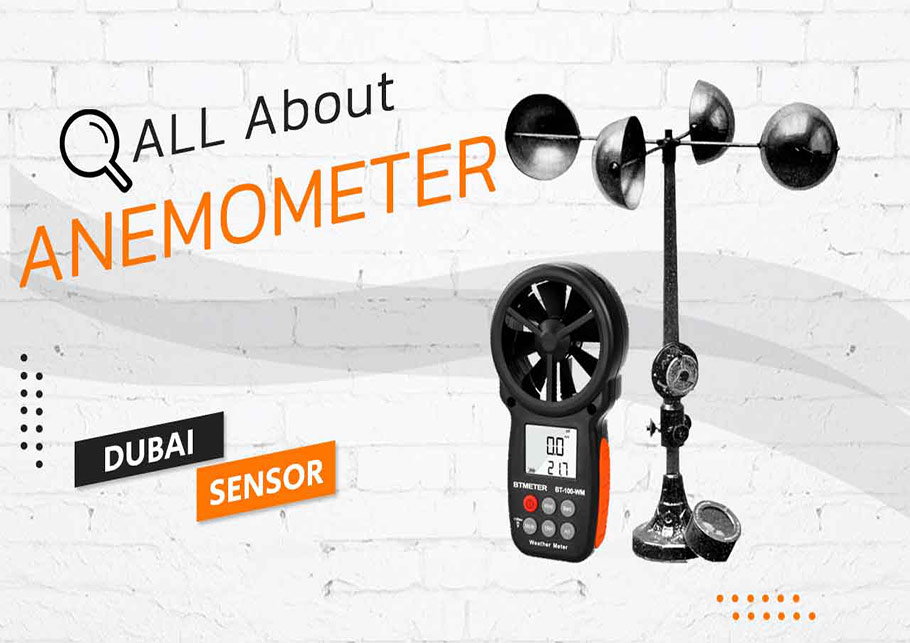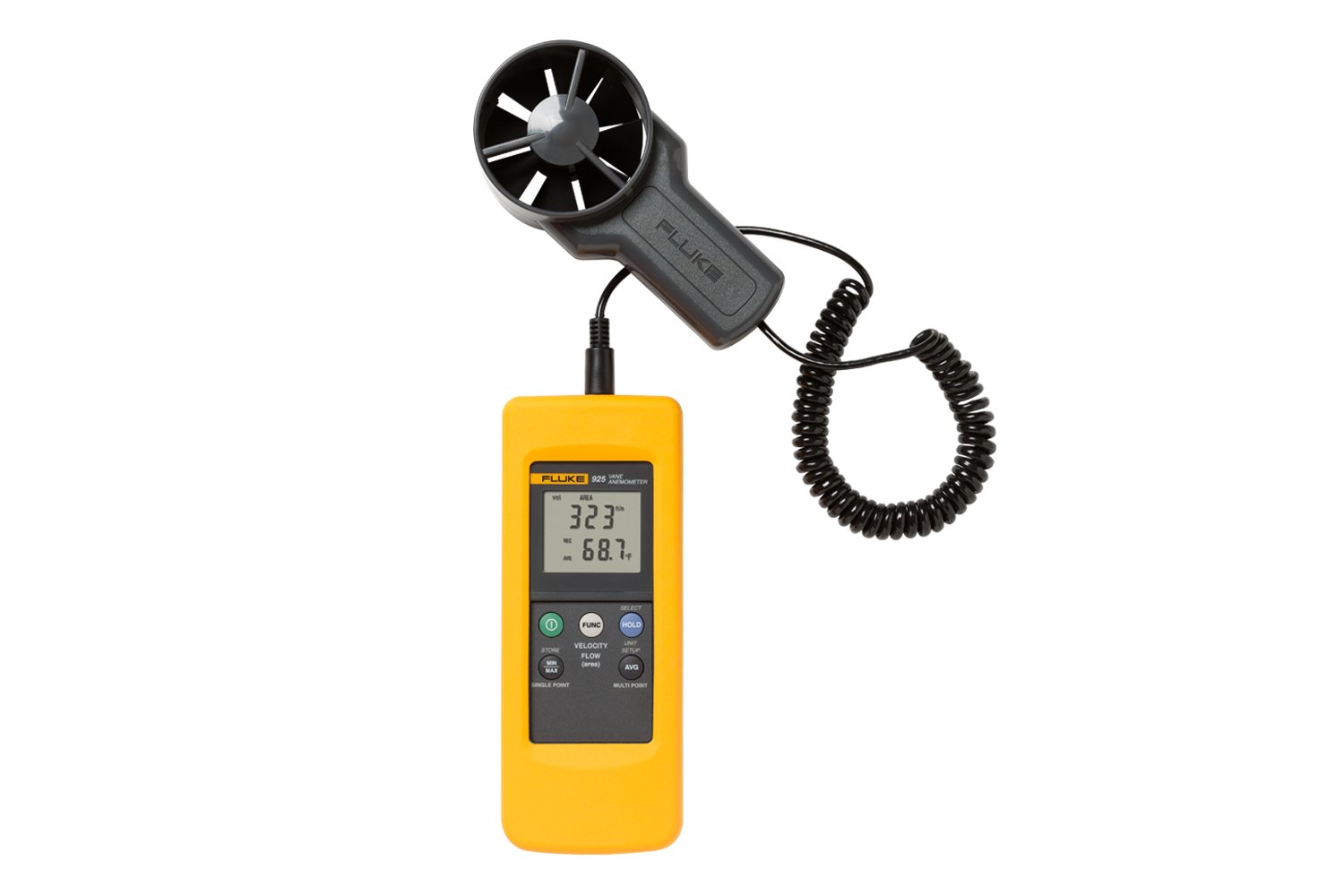Comprehending Different Kinds Of Anemometers for Different Applications
Comprehending Different Kinds Of Anemometers for Different Applications
Blog Article
Anemometers Introduced: Understanding Their Importance in Environmental Monitoring and Precaution
The duty of anemometers in ecological surveillance and precaution is commonly taken too lightly, yet their significance is obvious. These tools have a lengthy history rooted in scientific query and technological improvements, evolving to come to be essential devices in various areas. From weather forecasting to air travel security, anemometers play a vital duty in offering exact data that informs decision-making processes and enhances overall safety and security. Recognizing the details of anemometers unveils a world of important insights that are fundamental to our understanding of the atmosphere and the measures we require to guarantee safety.
History of Anemometers
The advancement of anemometers can be traced back to the old worlds where fundamental wind measuring devices were first made use of. One of the earliest well-known anemometers was the hemispherical cup anemometer created by Leon Battista Alberti in the 15th century.
In the 18th century, the distinguished scientist John Thomas Romney Robinson presented the Robinson anemometer, which included four hemispherical mugs placed on horizontal arms that extended from a central axis. This design came to be a requirement in meteorological measurements as a result of its accuracy and dependability. Over the years, innovations in modern technology resulted in the growth of even more modern-day anemometers, consisting of ultrasonic anemometers and laser Doppler anemometers, providing raised accuracy and performance in gauging wind rate and direction. The history of anemometers showcases an impressive trip of development and development in the area of weather forecasting.
Sorts Of Anemometers
Throughout the field of meteorology, different kinds of anemometers have been developed to properly gauge wind rate and direction. One of the most common kind is the mug anemometer, which contains 3 or 4 mugs placed on horizontal arms that rotate with the wind. As the mugs rotate, the speed at which they revolve is directly proportional to the wind rate. Another extensively made use of type is the vane anemometer, which features a tail or fin that straightens itself with the wind direction. This placement enables the tool to identify the wind instructions. Sonic anemometers utilize ultrasonic signals to measure wind rate and instructions properly. They are typically used in study applications because of their high accuracy. Hot-wire anemometers run based on the concept that the cooling effect of wind on a warmed wire is symmetrical to the wind rate. These anemometers appropriate for determining low wind rates with high accuracy. Each kind of anemometer has its staminas and is chosen based on the specific needs of the tracking task available.
Applications in Meteorology
Having actually reviewed the various kinds of anemometers used in weather forecasting for gauging wind rate and instructions, it is crucial to explore their useful applications in the area. Anemometers play a crucial role in weather forecasting her comment is here by offering precise and real-time information on wind problems (anemometer). Meteorologists make use of anemometers to keep track of wind rate and instructions to forecast climate patterns, problem warnings for extreme weather condition occasions like hurricanes, tornados, and hurricanes, and assess climatic problems for air travel security
In meteorology, anemometers help in understanding local and local wind patterns, which are essential for forecasting weather condition modifications and determining weather trends. These tools are additionally utilized in research to research microclimates, metropolitan heat islands, and air pollution diffusion. Furthermore, anemometers are employed in agriculture to maximize plant management practices, such as watering and chemical application, based upon wind conditions.
Importance in Aviation Security
An indispensable facet of guaranteeing aviation safety and security lies in the careful monitoring of wind conditions using anemometers. Anemometers play a crucial function in air travel by offering real-time information on wind speed and direction, aiding pilots in making informed decisions during landing, liftoff, and trip. Unforeseeable and solid winds can dramatically impact airplane operations, making it essential for air travel authorities to rely on precise wind dimensions to guarantee the safety and security of passengers and team.

In the vibrant environment of aeronautics, where even small changes in wind rate and direction can have profound results, anemometers stand as crucial tools for promoting risk-free and secure air traveling.
Duty in Environmental Research Study
Just how do anemometers add to improvements next page in ecological research? Anemometers play a crucial function in ecological research by supplying crucial data on wind rate and instructions. This details is important Visit Website for recognizing various climatic procedures, such as air contamination dispersion, weather patterns, and climate modification. By accurately measuring wind qualities, anemometers aid scientists analyze the movement of contaminants airborne, analyze the influence of industrial emissions, and predict the spread of pollutants in the setting.


Conclusion
In verdict, anemometers have played an important duty in environmental surveillance and safety steps. Recognizing the importance of anemometers is essential for accurately determining wind speed and direction, which is important for anticipating weather patterns, guaranteeing safe aeronautics procedures, and performing environmental researches.
One of the earliest well-known anemometers was the hemispherical cup anemometer designed by Leon Battista Alberti in the 15th century. Over the years, advancements in innovation led to the development of even more modern anemometers, including ultrasonic anemometers and laser Doppler anemometers, using raised precision and effectiveness in determining wind rate and direction. Hot-wire anemometers operate based on the principle that the cooling effect of wind on a warmed cable is symmetrical to the wind speed. Meteorologists utilize anemometers to keep an eye on wind speed and instructions to anticipate weather condition patterns, problem cautions for severe climate occasions like tornados, tornadoes, and typhoons, and analyze climatic problems for aeronautics safety.
Understanding the importance of anemometers is crucial for precisely measuring wind speed and direction, which is important for predicting weather condition patterns, guaranteeing safe aeronautics operations, and conducting ecological researches. (anemometer)
Report this page